Switzerland, with its 26 cantons, is one of the most gorgeous countries on the face of the planet. Whenever I hook up with a new hiking buddy, I’ll usually tell’em a few stories about one of my many hikes in Switzerland. More often than not, they will look at me in disbelief, as if they are witnessing the ravings of a mad man. But then I show them photos of the enchanting Swiss landscape. One minute later, they’re sold.
Let me tell you about my favorite trails and regions in Switzerland to go to. You have to be well prepared, though. Be sure to bring a couple of good walking shoes and/or hiking boots, depending on how strenuous you want your outdoor adventure to be. For good boots for both men and women, click here. If you want to simply walk, then that’s fine too. I’ve got a great page up where I spotlight the best walking shoes for men (click here) and women (click here).
Now, without further ado… let’s all gape in awe at the magnificent Swiss landscape!
My Favorite Swiss Hiking Trails
Appenzellerland
If there’s an area for hiking in Switzerland that can be described as “undiscovered and underrated,” Apppenzell is it. The region is made of two “half” cantons; Appenzell Aussenrhoden and Appenzell Innerhoden.
Innerhoden is close to the Austrian border, about a 1-1/2 hour drive east of Zurich. With its rolling hills, small and colorfully painted houses, narrow roads and snow peaked mountains, it’s like a land apart – You get the feeling of being in a “toy” country. Only recently connected to the national network by train, it’s not long ago that you could only get to the Appenzell village through a series of winding back country lanes.
Because of it’s gentle, folksy ways, Swiss citizens from more sophisticated areas poke fun at the area and its people. But the people are warmhearted and the area is deliciously rich with one of a kind sights, smells and sounds. A wonderful choice for hiking, Appenzellerland deserves a place high on the list of the world’s undiscovered touring treasures.
Schwägalp-Kronberg-Appenzell
Dramatic, scenic, a veritable symphony of impressions – the hike from Schwägalp to Kronberg to Appenzell is an experience to be savored. You can delight in the sounds of cow bells and revel in the taste of freshly made cheese and chocolate along the way. From the Mountain Hotel Schwägalp there is a hiking trail toward Kronberg, which is 1663 meters above sea level You can stop at the mountain restaurant, take the gondola down to Jakobsbad or cable car to the belvedere overlooking Mount Säntis.
Brülisau-Staubern-Hoher Kasten
The centerpiece of this spectacular Switzerland hiking tour is the panoramic ridge trail from Staubern to the Hohen Kasten. Though in no way exposed or dangerous, this trail has some steep descents that cause some folks to get a bit queasy. If that presents a problem, you can hike in the opposite direction.
With the Alpstein mountains above and the Rhine Valley below, the views in either direction are absolutely thrilling. The starting point for the hike is in Brülisau and the scenery gets more beautiful with every steep. Among the highlights long the way is a fascinating geological theme trail.
Jura Mountains or “Watch Valley” – Lac de Gruère, Jura Region, north of Bern
The arch of the Jura Mountains starts in Geneva and ends in up in Basel in the north. Recently, the area was renamed “Watch Valley,” because it’s the birthplace of watchmaking and, of course, home to Switzerland’s renowned watch making industry. Mountains in this regions are not as high as the Alps and the hiking season runs year round. The area, which belongs to the French speaking part of Switzerland is surrounded by lakes and valleys in a truly magnificent setting.
Among the highlights in the area is the International Museum of Horology in La Chaux-de-Fonds. Because of its unique structure and dazzling collection of timepieces, the experience has been described by some as “like walking into Aladdin’s cave. Tours on horseback and by bike or boat are also available.
Lac de Joux
North of Lausanne lies the lovely Lake de Joux. Known for the favorable wind conditions that make for perfect sailing and windsurfing, it is the largest lake in the Jura region. Surrounded by lush fir trees and beautiful green meadows, the area provides the opportunity to enjoy less strenuous hiking tours that range between 2 and 5 hours. Around the lake are a few interesting villages where you can gather some interesting information about cheese making and enjoy the work of area artisans.
Le Pont-Mont Tendre-Marchairuz pass
It’s uphill, but not a struggle, when you head in the direction of the Marchairuz pass. The view makes every step worthwhile. Departure point is the railways station of the village of Le Pont which is approximately 2 hours from the Chalet du Mont Tendre. With a bit of luck you can see the Bernese Alps, Geneva Lake and all the way over to the Savoyen Alps in France. Enjoy a tasty cheese dish at restaurant Chalet du Mont Tendre and, from there, you can take a bus to the legendary village of Le Brassus and, finally, a train back to Le Pont.
Neuchâtel
Located on the lake of Neuchâtel near Bern, the town is rich with history and surrounded by dairy farms and vineyards. Heading west from Neuchâtel by car, bus or train, you will go through the magical “Val de Travers.” From there it’s on to Noiraigue, a wonderful little village with small hotels and food stores. The architecture is typical of the Jura region –small windows and large, flat roofs built to survive the harsh winter weather.
A great place for hiking tours in the low and middle level category, the trails are less crowded than other areas, the forest scenery is breathtaking and the people of the area are friendly, helpful and excited to welcome tourists from other countries.
On your hike you almost always will encounter some “Métairies.” These are mountain farmhouses used to keep the cows during summer time that have adjoining restaurants on the side. Not Zagat rated, perhaps, but homemade, fresh and totally yummy.
Le cirque du Creux du Van
The astonishing Creux du Van Cirque is among the most inspiring sights in the Swiss hiking experience. This immense, horseshoe shaped cliff developed naturally through erosion, creating an amphitheater over 3,000′ wide with walls up to 524′ high.
Part of the Jura ridge path, which leads from Zurich or Basel to Geneva, this magnificent area is a natural reserve where you’ll find lots of animals (ibexes, marmots, deer — nothing frightening, and most likely in hiding from the noises made by tourists). The departure point is the railway station of Noiraigue and the Creux du Van is between 2-1/2 and 3 hours away. As your journey continues, a stop at the restaurant Ferme du Soliat is highly recommended. Most of the hiking is easy, but care is required in the gorge and on the descent back to Noiraigue at the end of the trail. If you can cope with the length of the walk and the amount of climbing, this is a very special hike that is highly recommended. Return to Noriague can be made by bus and train, though buses run infrequently.
Don’t Miss Emmental – where Swiss cheese originates, holes and all!
In a region devoted to dairy farming and cattle raising, the section of the Trans Swiss Trail that goes through the Emmental valley is an experience in contrasts not to be missed. Surrounded by tremendous, towering views of the eternal white mountains, the hiking landscape is one of gently rolling hills, beautiful farm houses and flower filled meadows. The starting point of the hike is the charming village of Lützelflüh, which you can get to by train. On the outskirts is the ““Kulturmühle”
Kulturmühle in Lützelflüh, Emmental Region, near Bern
Here you will find the culture mill, which is an 1821 mill that has been turned into a fascinating cultural center. Hiking along the river Emme from farmhouse to forest to meadow trails, the views along the way are astonishing. If you are lucky enough to be enjoying hiking in Switzerland in the spring, you will see people preparing their gardens and fields for planting.
My Favorite Swiss Hiking Regions
Hiking around the Vierwaldstättersee (that’s Lucerne to you!) comes with a host of interesting local attractions and endless bursts of natural beauty. On the shore of lake Lucerne is the meadow of the Rütli, which was recorded on August 1, 1291 as the birthplace of the nation. The Central Switzerland region is made up of six Cantons: Uri, Schwyz, Nidwalden, Obwalden, Zug and Lucerne.
Engelberg
Well over 3000 feet above sea level, some folks describe Engelberg as Switzerland hiking “heaven.” The air is fresh, scenery breathtaking and hiking as good as it gets. Cable cars will take you to the three main hiking areas of Brunhi, Trübsee and Furenalp and there are chair lifts and gondolas that go to even higher levels.
One excursion will take you to the highest point in Central Switzerland, just below the summit of the Titlis mountain. And, from Trübsee and Jochpass, you can reach the Engstlenalp and the Tannalp valley for more great hiking. As for your time to relax in Engelberg itself, there is the huge Benedictine monastery along with wonderful hotels and restaurants to explore.
Path of Switzerland
An experience not to be missed on a Swiss hiking vacation, the path was officially opened in 1991 as part of Switzerland’s 700th birthday celebration. Resting on Urnersee, the southern part of Lake Lucerne, it’s a beautiful hiking path around the lake with the highlight from Brunnen to Flüelen. The entire region is saturated in history and awash with natural beauty.
Hiking In Valais/Wallis
Straddling the French-German Language divide, Valais/Wallis covers Switzerland’s southern borders and is surrounded by a magnificent array of mountains peak and glaciers. The terrain of the Valais region is incredibly diverse and ranges from lush and fertile growth at lower elevations to the frozen and remote mountain summits. Cows and wildflowers, chalets and ski lifts, whatever you imagined you’d find in your Swiss hiking adventure is likely to be part of a visit to Valais.
You say Valais, I say Wallis … whether you lean towards the French or German side of things, chances are the Valais region will win your heart forever. From landscape to culture to history and tradition, everything about this area is varied and interesting – you could say custom made for an adventurous Swiss hike.
Located south of the Berner Oberland, this is where the Alps seem to climb straight up to the sky, the Rhone river flows from a gentle to frenzied pace, ancient history mixes with modern touches and lush, fertile orchards contrast with huge masses of ice.
Goms and Obergoms
This part of the valley is located along the Rhone River between Furkapass (south west of ) Andermatt and Brig. With over 400 miles of clearly marked paths, hikers can chose from leisurely strolls to glacier walks. You’ll find trails for bikers, delta and paragliding, guided wildlife trips, even donkey and llama trekking. Lots to do and see plus a warm welcome from villagers makes Goms and Obergoms a vacation adventure to be remembered forever..
Fiesch
Located halfway between Münster (East) and Brig (West), Fiesch is a first rate base for hiking in Switzerland and provides the ultimate escape. Though fully developed and modernized, there is a bypass that deflects all unnecessary traffic, so Fiesch remains uncharacteristically tranquil as ski resorts go.
There’s a wonderfully scenic warm up hike called the “Königsroute” that wraps around the Rhone Valley and takes about 5-1/2 hour. Also, not to be missed in a visit to Fiesch, is the Gondola that goes to the Eggishorn 2,926 m above sea level. You’ll get a panoramic view that defies description and includes the Eiger, Jungfrau and Matterhorn.
Zermatt
Nestled in a deep valley below the Matterhorn, the German speaking mountain village of Zermatt is unsurpassed for its beauty. Warm, welcoming and steeped in tradition, Zermatt attracts hikers and climbers from all different parts of the world. Because there are no cars allowed in the village, the air is fresh and clean. Departing from the central valley you can get to the village by train. The glaciers Express train ride ends in Zermatt and, while there are horse drawn carriages, most people stroll through the village on foot.There are plenty of hotels, bars, restaurants and night spots and enough scenic,well-marked trails to make all hikers happy.
Crans-Montana
Prior to the 1960’s, Crans and Montana were two separate villages. They merged together and gained fame as a popular, cosmopolitan resort. Known for its pure mountain air, abundant sunshine and breathtaking alpine views, Crans-Montana has a great deal to offer its visitors in both leisure and sports activities, from shopping to skiing to golf. French speaking, affluent and extremely atmospheric, Crans-Montana is thumbs up on fun but, frankly, less of a prime spot for hiking.
Val d’Anniviers
The Val d’Anniviers begins in Sierre, on the banks of the Rhône River and ends at the foot of the mountains. Quieter and less crowded than Crans-Montana but no less stunning, Val d’Anniviers is hiking paradise. Alternating between nature at its wildest and most serene, there are wondrous sites to discover along the way. The people in the area are very friendly and it’s a perfect place to enjoy a home cooked, native Swiss dish, like “raclette,” (melted mountain cheese prepared over an open fire).
Val d’Hérens
So quaint and charming, the little villages of Val d’Herens will make you feel like you’re walking through a picture postcard. The main village of Evolène is filled with old wooden houses, their windows packed with flowers. After a steep uphill hike to the village of Villa and back, you can refuel and recharge with a delicious meal in one of the terrific local restaurants.
Champex
From the magnificent, unspoiled countryside of Champex, you can visit the St. Bernard Pass for a look at the St. Bernard puppies, cared for by the local monks. Though you can get there on skis, it is a wonderful hiking expedition to keep in mind for a good hike in the summertime. There are a number of excellent hiking tours to enjoy year round against a naturally spectacular backdrop. The Champex area, which is situated on the border with Italy, France, offers a warm and welcoming environment and a myriad of sporting activities.
Berner Oberland – The Heart Of The Alps
Though the Swiss hiking season is short, best in June to September, I challenge anyone to find a place in the world that offers more diversity in hiking choices than the country of Switzerland. No words in any language can begin to convey the richness and depth of the Swiss terrain. Some areas offer easy and moderate hikes, other areas offer moderate and strenuous hiking.
Trails throughout Switzerland are well marked and, with the help of a good map, you will do fine on your own. Of course, if you’d rather have your trip all mapped out for you; there are many excellent places that offer both group and private tours. Use the information you’ll find here as background information or to plan your personal itinerary. Whatever it is that you’re looking for, I promise you this:
Each area described below brings its own one of a kind adventure. Whether it’s the geography, the people or the view, a Swiss hiking tour is an experience to be remembered for a lifetime. And now, without further ado, your personal guide to hiking in Switzerland.
Swiss Hiking In The Berner Oberland
Located south of the nation’s capital, the Berner Oberland region is absolutely classic Switzerland. There you’ll see a backdrop of huge, snow peaked mountains, wooden chalets, meadows filled with wildflowers, grazing cattle, ice blue glaciers and dramatic waterfalls. There are two beautiful lakes in the area with the popular town of Interlaken sitting below the main hiking area, which many visitors use as their home base For an excellent overview and map of the region, click right here.
There are many other wonderful towns to consider for your stay in the Berner Oberland region, including:
Meiringen
Meiringen is a charming and picturesque little town, at the beginning of the Hasle Valley. Most hiking takes place above the town and, though there are several small villages above Meiringen, the drive up is long. A mountain train ride from Meiringen takes you up to the hiking area.
Grindelwald
Among the best home bases for Swiss hiking, Grindelwald stole my heart many years ago. I visited there on a school skiing trip and go back as often as possible. The majestic mountains of Eiger, Mönch and Jungfrau, Grindelwald’s breathtaking beauty makes it extremely popular with Tourists. There are many hotels and restaurants and, though, it can get a bit hectic at the height of tourist season, as soon as you set off for a hike, all becomes peaceful and quiet. You have your choice of trains, buses or gondolas to many hiking areas, including the train that takes you to the Jungfrau Rail station, known as the “top of Europe.” You also have access to the famous ‘Kleine Scheidegg’ station; the climbing cogwheel train that gives you accesses to many more hiking choices. Hiking tours are well marked but should you get lost, call me – live only an hour away and will come and find you!
Lauterbrunnen
In the same region as Grindelwald, Lauterbrunnen is another great departure point for hiking in this region. Overshadowed by the cliffs of Wengen and Mürren, one would almost expect the valley of Lauterbrunnen to be in darkness; though, that is not the case. Hikers can leave the area by funicular (incline railway) or gondola (cable car). The funicular goes up to Mürren and the gondola first to Gimmelwald and then Mürren. Once you reach Mürren, there are no cars, the hiking is steep and the view is breathtaking beyond description.
Kandersteg
Part of a valley south of scenic Lake Thun (pronounced toon); Kandersteg offers a variety of hiking trail choices to accommodate different levels of skill. There is a train tunnel which takes travelers and their cars to the Goppenstein station and the bilingual (German/French) Canton of Wallis/Valais. There are also chair lifts, gondola and even a mini-bus to take visitors to the different hiking areas, and a new train tunnel is in the works with completion slated for 2007.
Adelboden
A bigger village on the other side of the valley, Adelboden offers more stores and hotels and, of course its own incomparable views. Built on the side of a hill, there are hiking tours available for every level of skill. For anyone in top physical condition, I recommend the 4 hour tour that starts in Adelboden goes over the Hahnenmoospass to the beautiful pastoral village of Lenk.
Lenk
Though you may never have heard the names Adelboden or Lenk, don’t underestimate these lesser known treasures for taking a good hike in Switzerland. East of Gstaad, Lenk offers first rate hiking and skiing tours. Chair lifts will take you to the top of the surrounding mountains where hiking is at its absolute best. For adventure seekers, the tour to Crans-Montana over the Rawilpass provides a memorable challenge.
Gstaad
With its legendary accommodations, Gstaad is well known as one of the world’s top resorts. More of a shopper’s than hiker’s paradise, Gstaad’s main street is packed with luxury boutiques. There are a number of exclusive night spots and a casino as well. For those looking to combine the chic with the sporting, hiking opportunities are quite varied and supported by excellent transportation options. Within 30 minutes walking distance of Gstaad are the lesser known, but equally lovely valley resort towns of Saanen and Schönried.
Navigation
[jbio template=”bootbomb0″]

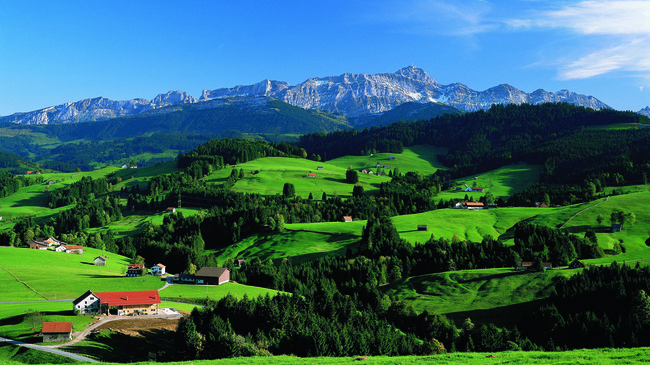
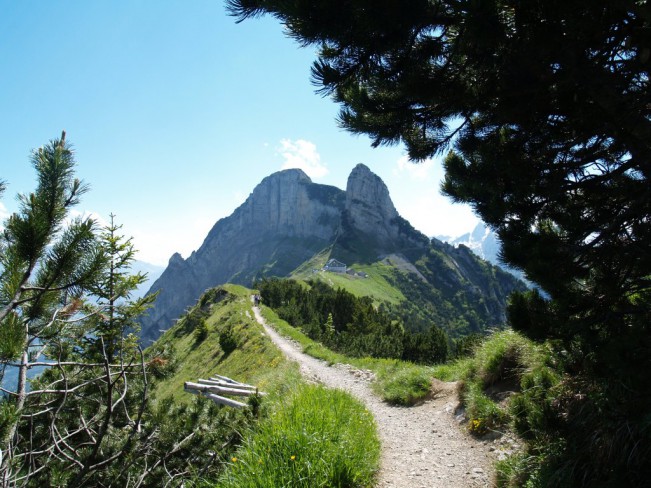
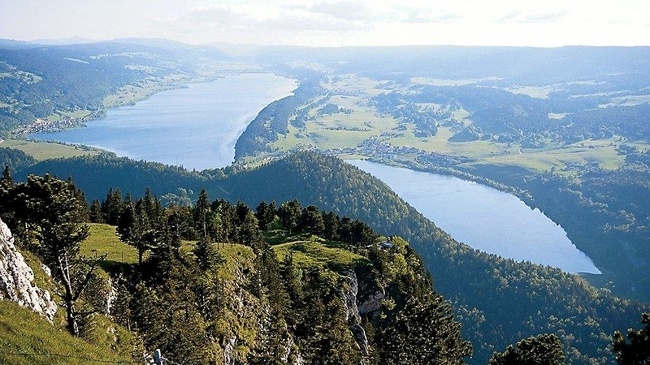
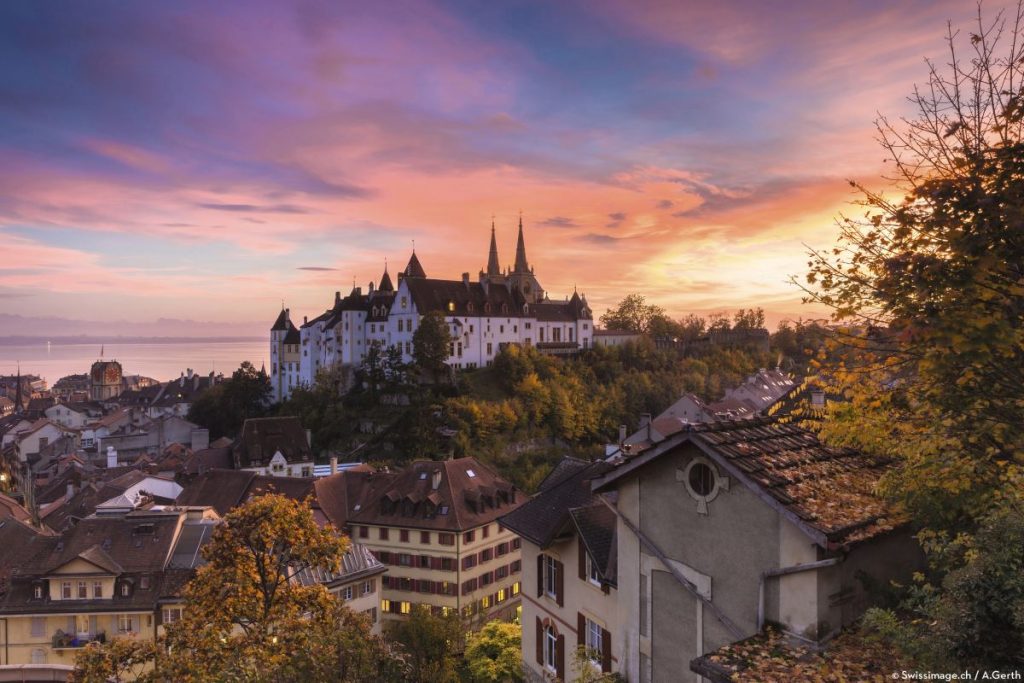
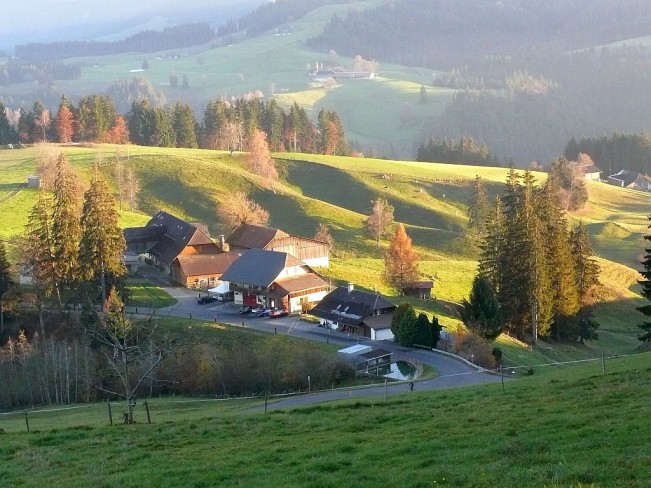

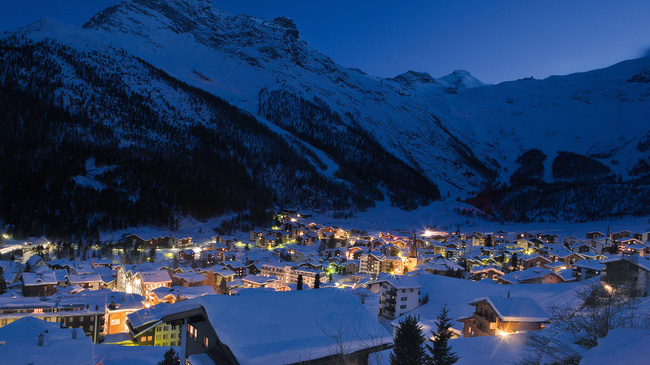
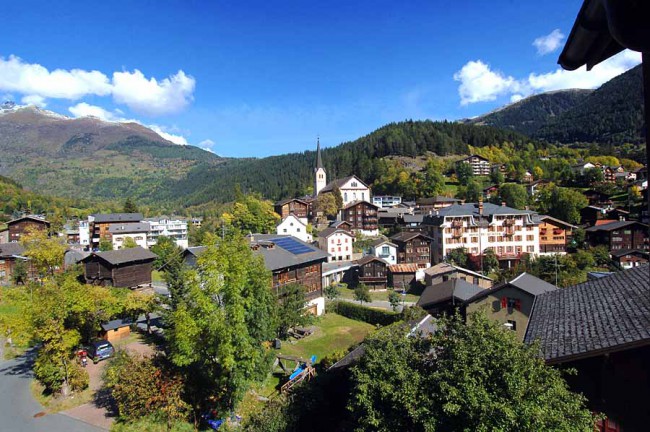
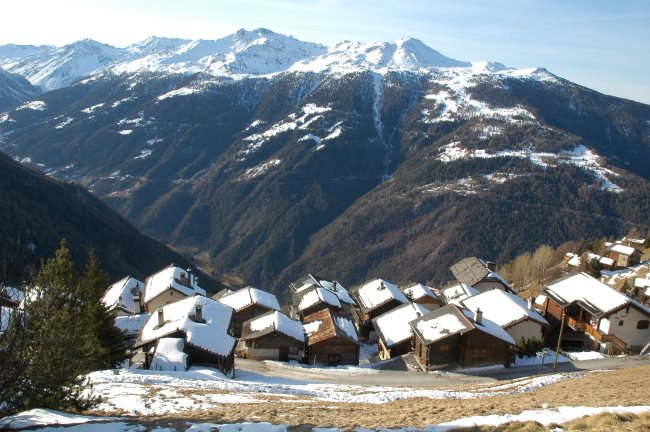

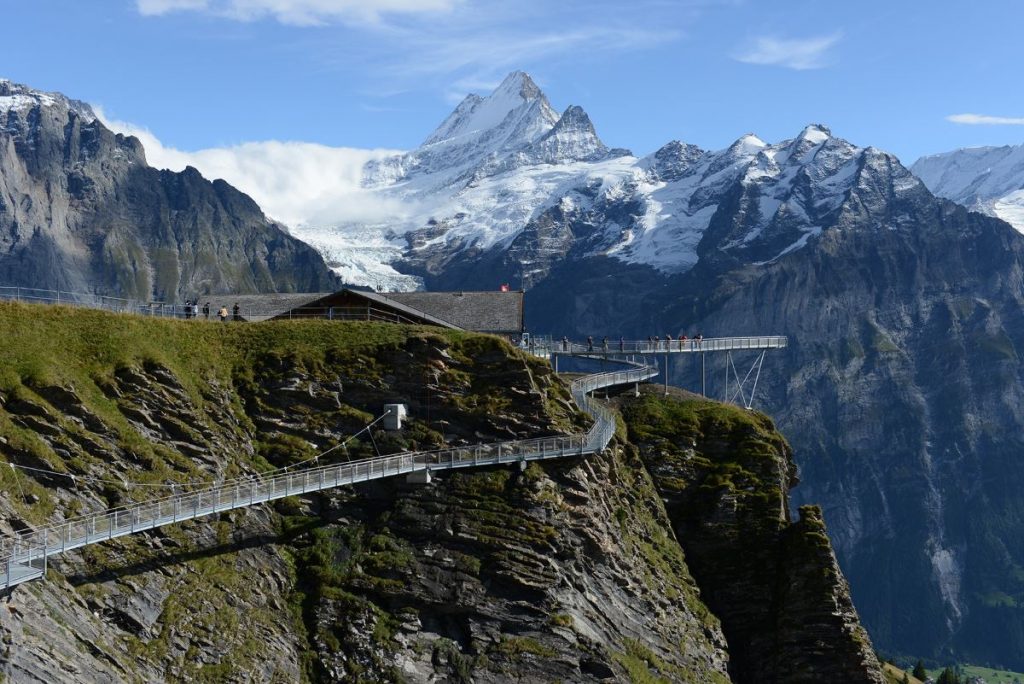
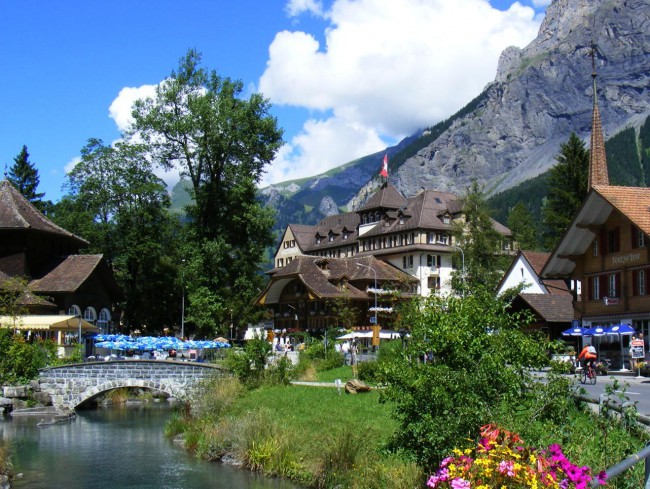
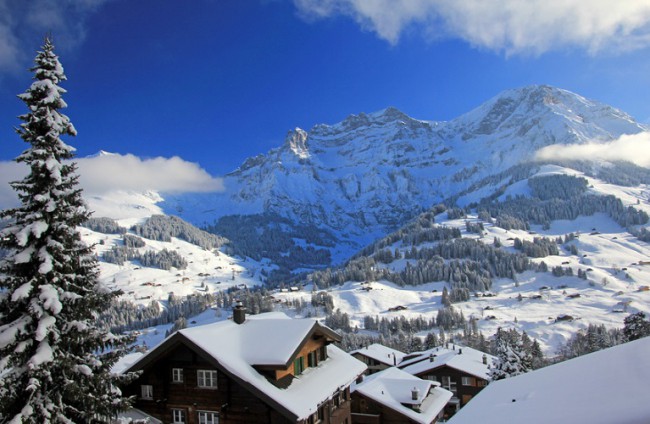
0 comments